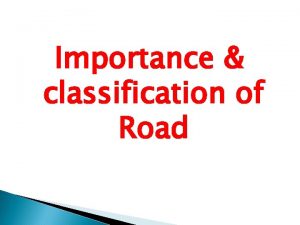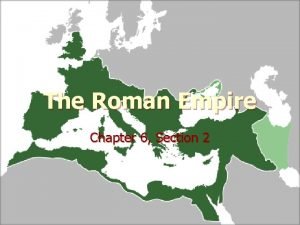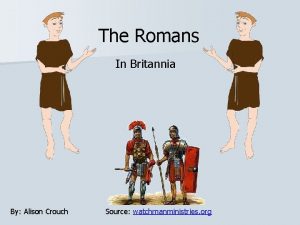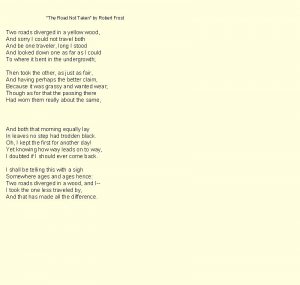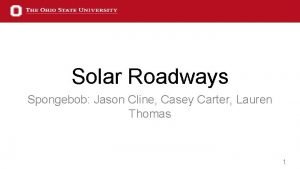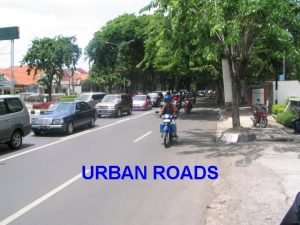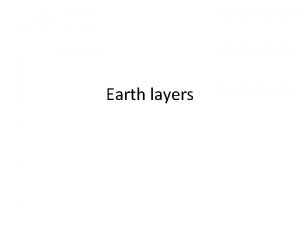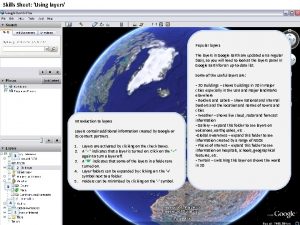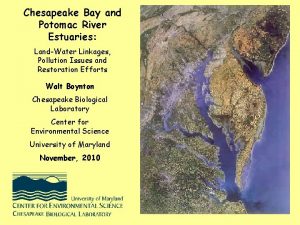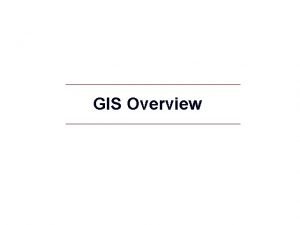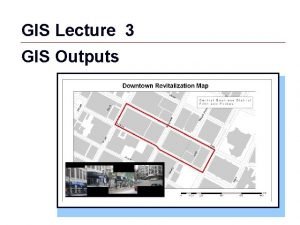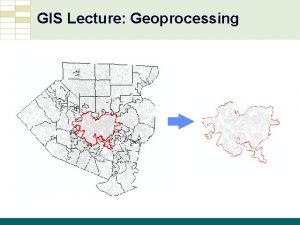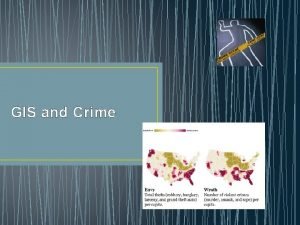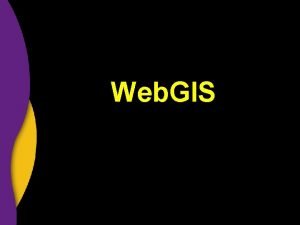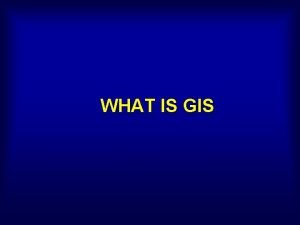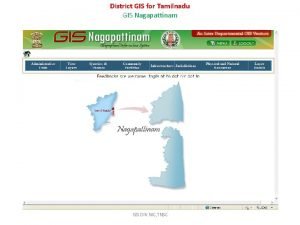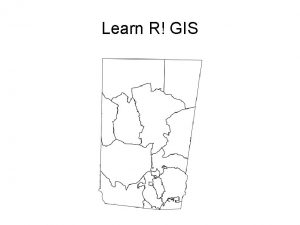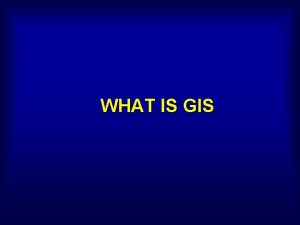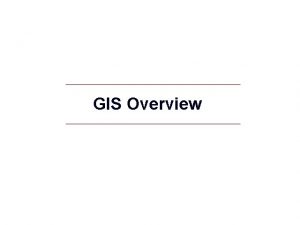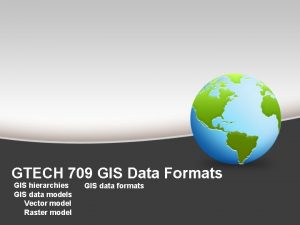GIS is composed of layers Layers landwater roads




























- Slides: 28

GIS is composed of layers • Layers – – land/water roads urban areas pollution levels • Data can be represented by VECTORS, or • Data can be represented by RASTERS

Vector and Raster Data Models

Vector Data Model • Discrete – Boundaries are well defined (x, y coordinates) • Geographic features are represented as: • Points • Lines • Polygons Every object is given a location

Types of Vector Data Models • Georelational (e. g. shapefiles) – Spatial and attribute stored separately • “geo” – graphic/spatial part • “relational” – database part (tabular) • Classical approach to vector data • Object-based (oriented) (e. g. geodatabase) • Spatial and tabular component are stored as a single system • Spatial features can have properties and methods • Recent trend towards object-based model

Vector Data File Types • Shapefiles – georelational • Coverage – georelational • Geodatabase – object-based (oriented) • DXF Digital Exchange Format (Autocad) ASCII w/binary code maintains layers • DLG Digital Line Graph - USGS (1: 100, 000 & 1: 24, 000) ASCII

Maps as numbers • Binary 0000 1111 – Eight bits in a row are termed a byte – 256 combinations or 0 to 255 • ASCII text- American Standard Code for Information Interchange - 256 standard meanings for the values that fall into one byte. (letters, numbers, special characters) – http: //www. asciitable. com/

Shapefiles (~1990) • Most common vector data format • Openly published files specs – non proprietary • Simple file structure – 3 main files with same name but different 3 letter extension • Local. Streets. shp Local. Streets. dbf Local. Streets. shx – Attribute data stored in a d. Base file (. dbf) – Geometry and location data stored in the. shp file – The. shx provides the “glue” • Does not support true topology

Topology – Spatial Relationships • Study of geometric properties that do not change when forms are bent, stretched, etc… • Knowledge about relative spatial positioning of features – How are features connected and which features are adjacent to each other – Directed lines are called arcs (have length and direction) – Points where arcs meet or intersect are called nodes node arc node

Raster Data Model • The world is composed of cells/pixels arranged in a grid • Each cell/pixel is assigned a numeric value – Integer – (no decimal) – Floating-point (decimal) (However data may be represented by codes) • The size of the cell/pixel determines the resolution Every location given an object


Creating A Raster • Overlay grid on real world • give each cell a value

Cell Values • Assume only one value per cell in any given layer • How do you decide what value to give the cell? – Value of greatest proportion? – Value of the most important feature? – Some systems allow for percent composition, edge effect


Characteristics of a Raster • Resolution – smallest unit discernible – often grid size, but not always • Orientation – angle that grid makes with true north • Value – information stored in cell

Characteristics of a Raster • Zones – areas of continuous values • e. g. county, land parcels, etc. • Class - term used to describe all the zones of same value in a layer – e. g. state parks

Characteristics of a Raster • Location – each cell has a unique location • often defined by bottom left corner • X, Y coordinate


Raster Data Structure and Compression – Lossless – no information is lost – Lossy – information is degraded • How is the raster data stored? – Cell-by-cell Encoding - data not compressed – Run-Length Encoding – data compressed – Quad Tree – data compressed – Wavelet – data compressed (lossy)

Storing the Information • Full length encoding – store every single cell’s value individually

Storing the Information • Run Length encoding – compress data

Storing the Information • Quadtree Encoding – compress data e. g. 0 and 2 are homogenous And 1 and 3 are broken down further

Types of Raster Data • Remotely Sensed Images – Satellite • Landsat (http: //landsat. usgs. gov/) • AVHRR (http: //edc. usgs. gov/products/satellite/avhrr. html) • SPOT (http: //www. spot. com/) – Digital Elevation Models (DEMs) • U. S. Geologic Survey (USGS) DEMs • LIDAR (light detection and ranging) • Multibeam sonar (acoustics for capturing depth information) – Digital Orthophotos

Types of Raster Data – Images • Digital Raster Graphics (DRGs) – Scanned USGS topographic maps (http: //topomaps. usgs. gov/drg/) • Graphic Image Files – historic aerial photos, scanned paper maps – – . tif (Tagged Image File Format) Associated world file provides geosid (Lizard. Tech Mr. SID) reference. . img (ERDAS Imagine). jpg (Joint Photographic Experts Group). Many packages work on RECTIFYING these images photograph’s scale is not constant across image

Raster Data Formats – ESRI Grids • Proprietary format • Discrete – integer (whole number) • Continuous – floating point (number with decimals)

Raster and Vector Summary • Vectors have advantage of accuracy but not good with continuous fields • Vectors were used first - digitizing • Earliest include ASCII (x, y coordinates but got too large) then binary took over. • Raster not good with lines or points but good with continuous coverage areas. • Raster has the mixed pixel problem.

Raster Advantages: • Simple data structure • Compatible with remotely sensed or scanned data • Simpler spatial analysis procedures Raster Disadvantages: • Requires greater storage space on computer • Depending on pixel size, graphical output may be less pleasing • Projection transformations are more difficult (and can be time consuming) • More difficult to represent topological relationships • Positional precision set by cell size

Vector Advantages • Requires less disk storage space • Topological relationships are readily maintained • Graphical output more closely resembles hand-drawn maps • Preferred for network analysis Vector Disadvantages • More complex data structure • Not as compatible with remotely sensed data • Software and hardware often more expensive • Some spatial analysis procedures may be more difficult • Overlaying multiple vector maps is often time consuming

Triangulated Irregular Networks TIN • A data model commonly used to represent terrain heights. • TIN forms a connected network of triangles • It is not a raster or vector format
 Modern roads vs roman roads venn diagram
Modern roads vs roman roads venn diagram Classification of nagpur road plan
Classification of nagpur road plan Happy harry handles handsprings horribly.
Happy harry handles handsprings horribly. Classification of roads by nagpur road plan
Classification of roads by nagpur road plan Billboards
Billboards Many have to myself a person walk the road
Many have to myself a person walk the road Road leading to rome
Road leading to rome Many roads lead to the same destination
Many roads lead to the same destination Chapter 6 section 2 roman empire
Chapter 6 section 2 roman empire Roman road
Roman road How many roads must a man walk down
How many roads must a man walk down Ideality roads
Ideality roads Electro kinetic road ramp
Electro kinetic road ramp Objectives of geometric design
Objectives of geometric design How did land grants and new roads affect brazil?
How did land grants and new roads affect brazil? Roman roads research association
Roman roads research association Robert frost two roads diverged in a yellow wood
Robert frost two roads diverged in a yellow wood Ancient china roads
Ancient china roads Most amazing roads in the world
Most amazing roads in the world Entrances to expressways
Entrances to expressways Aa roads
Aa roads Battle of hampton roads map
Battle of hampton roads map What lay behind the flourishing of indian ocean commerce?
What lay behind the flourishing of indian ocean commerce? Spongebob roads
Spongebob roads Hampton roads transportation accountability commission
Hampton roads transportation accountability commission Urbansubarban
Urbansubarban Public works north west
Public works north west Roads to independence
Roads to independence Lateral thinking brain teasers
Lateral thinking brain teasers

